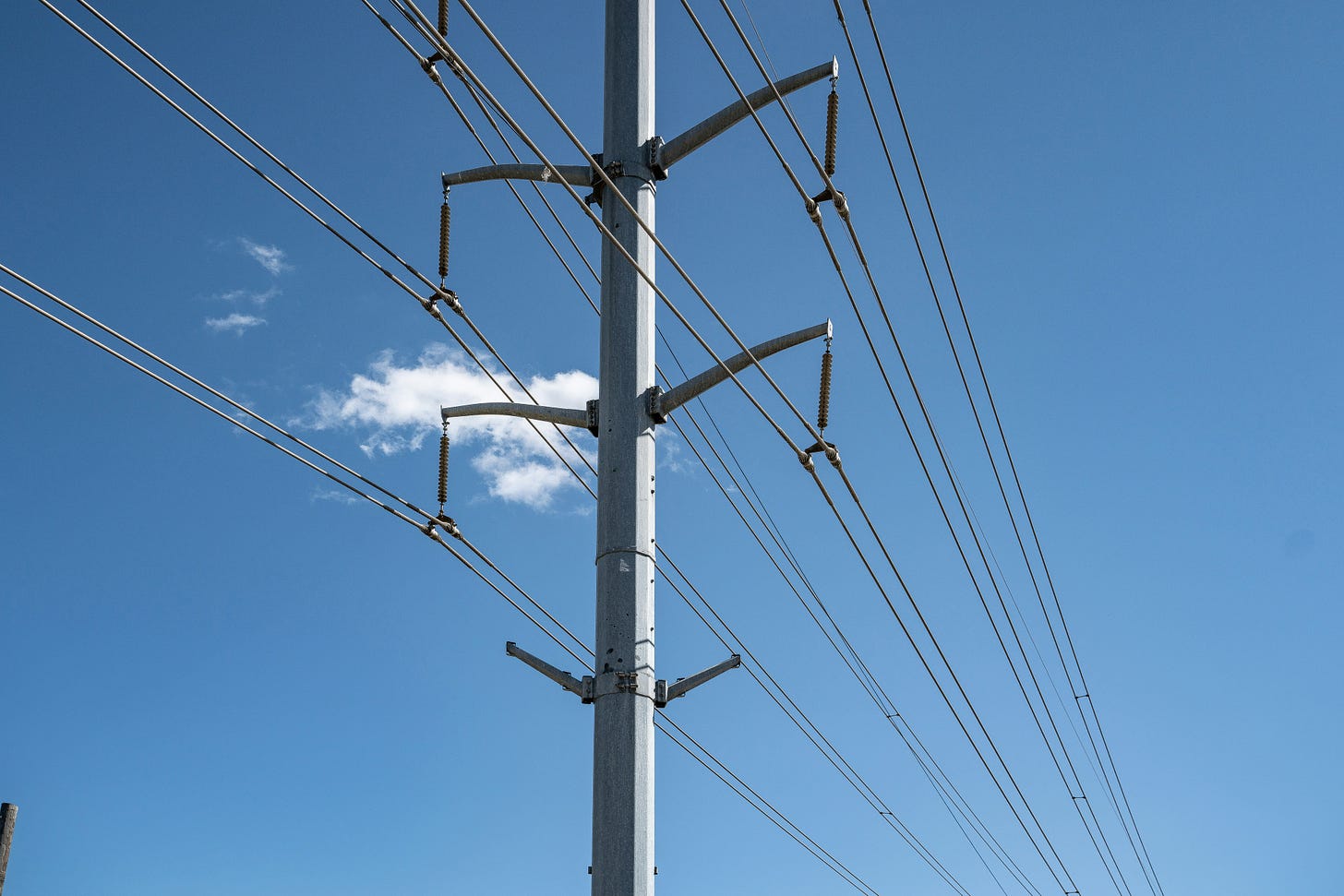Wires that bind
Adopting more than one carbon price
While traveling through regional NSW over the past few weeks I’ve been devouring Saul Griffith’s excellent Quarterly Essay, The Wires that Bind.
It’s a phenomenal read on climate, energy, and how Australians in regional communities can do their bit for a net zero future.
The key argument proposes that governments can and must do more to incentivise households (i.e. the demand side of the energy equation) to electrify sooner through appliance, storage, and vehicle upgrades.
One novel way to do this is by calculating the emissions savings of a new appliance over its lifetime (e.g. 5 tonnes), multiplying by the price of carbon (e.g. $30), and then offering that carbon abatement benefit as an upfront rebate to the buyer (i.e. $150).
Such approaches could easily reduce or eliminate the ‘green premium’ associated with investing in electric vehicles or heat pumps for the home. This would make them the go-to choice for price conscious consumers.
It’s a good idea. And its simplicity means it can be transparently monitored and regulated.
So does this emissions mitigation qualify as an offset? That’s a tricky one.
Saul Griffith argues yes - it’s a way of reducing emissions by project financing new technologies.
But he himself recognises that this rebate approach does not meet one of the key components of carbon offset integrity: additionality.
Many people are already choosing to buy electric rather than gas appliances, or EV’s rather than a new petrol powered car, so the emissions reduction caused by the rebate isn’t ‘additional’ to what would have happened without the rebate. In short, this leads to some double counting.
Interestingly - we see this issue already playing out in the carbon credit market. Hundreds of Australian corporates have purchased (usually very cheap) carbon credits for methodologies based around upgrading to more efficient cooking appliances in parts of India and Africa. Would some of these households have transitioned to new appliances without the carbon project subsidisation? Almost certainly.
I think there’s a middle path here.
As we decarbonise our economy, and our environmental markets become more sophisticated, there will naturally be more than one price for carbon.
Rebates and subsidies for new appliances and vehicles will implicitly price carbon based on the emissions they mitigate. Carbon markets for offsets will continue to be driven by supply and demand (and a healthy dose of animal spirits). New legislation for cap and trade schemes (e.g. Safeguard) will also drive a secondary carbon price driven by how frequently facilities trade with one another.
Rather than debate ‘what is an offset and what isn’t’ - it’s useful to see all these carbon pricing methods as a suite of tools in the toolbox - each useful for achieving a common goal.


